New Orleans Tornado and Storm Shelters
Imbued with a rich blend of cultures, music, food, and joie de vivre, New Orleans stands as a unique gem among American cities. Yet the city's Gulf Coast location and low elevation mean that it is frequently on the front lines of severe weather, including hurricanes and tornadoes. Despite these challenges, the resilient spirit of New Orleans continues to shine, a testament to the city's enduring ability to bounce back in the face of adversity.
A Few Facts About Tornadoes in New Orleans:
- On May 3, 1908, a devastating F4 tornado struck as part of the 1908 Dixie tornado outbreak. It resulted in 25 fatalities and over 200 injuries, marking it as the most deadly tornado event in the city's recorded history.
- Hurricane-Related Tornadoes: Although tornadoes can occur in isolation, they often occur as part of hurricane weather systems. When Hurricane Katrina struck in 2005, the weather system also spawned several tornadoes throughout Louisiana, including in the New Orleans area. This underscores the complex and multifaceted nature of the severe weather that can affect New Orleans.
- On October 3, 1983, an F3 tornado struck New Orleans, causing two fatalities and approximately 25 injuries. This event remains one of the deadliest tornadoes in the city's history, demonstrating the potential for significant tornado impacts even in a region more commonly associated with hurricanes.
Buying a Tornado Shelter in New Orleans
Our shelters are designed, tested, and approved to withstand up to EF5 tornadoes to provide a safe, secure place for you and your loved ones to wait out the weather. With a variety of sizes (4 to 16 people) and styles to choose from, you're sure to find the perfect shelter to meet your needs.
Residential Above-Ground Tornado Shelters
Above Ground Shelters
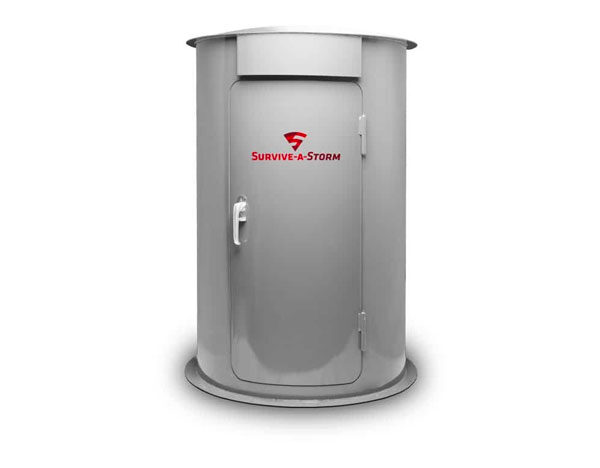
TwisterPod
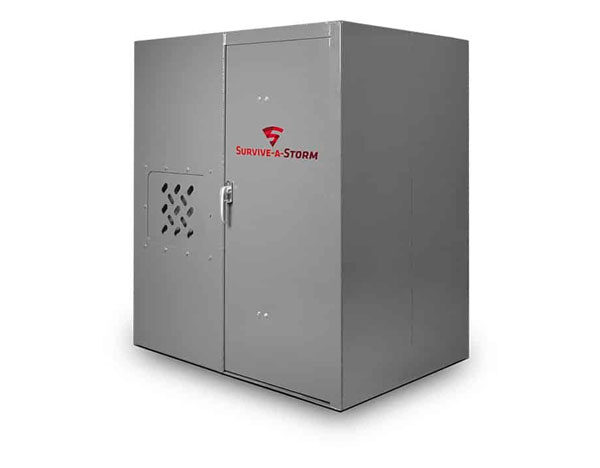
Extreme
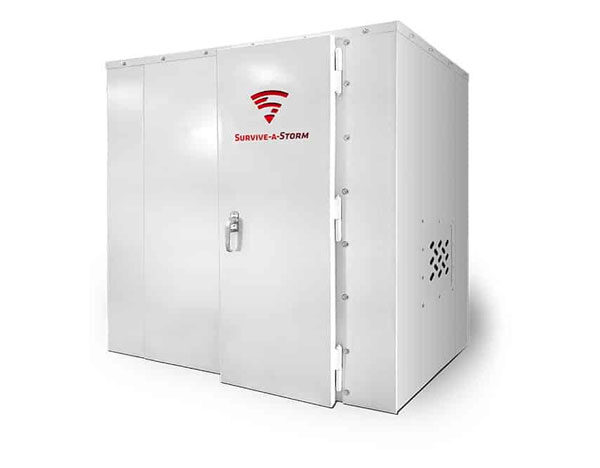
Panelized
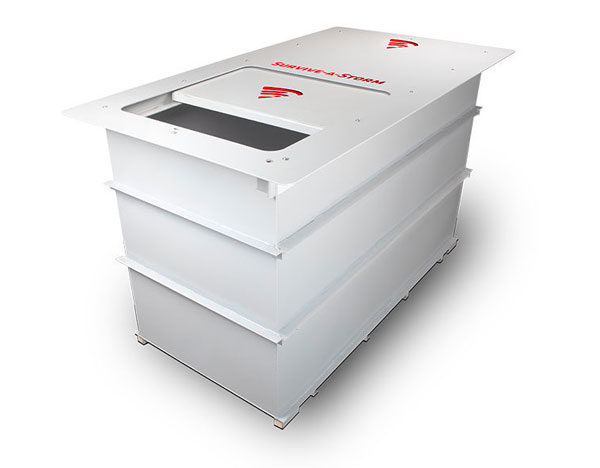
GarageCube
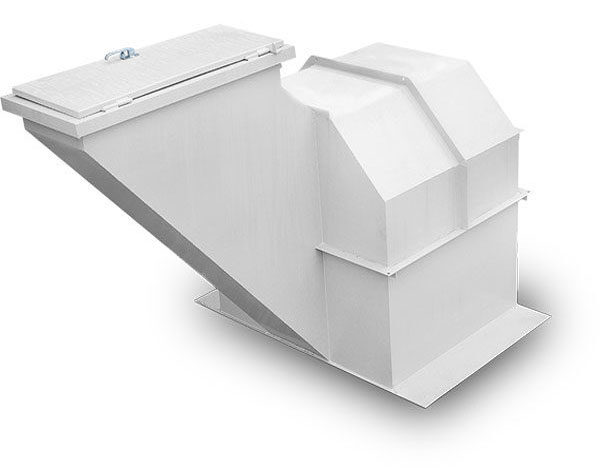
Estate
Delivery and Installation Options for Above-Ground and Below-Ground Tornado Shelters in New Orleans
Tornadoes are devastating and unpredictable natural disasters that can cause extensive damage to homes and properties. One of the best ways to stay safe during a tornado is to have a tornado shelter. Tornado shelters come in different types, with above-ground and below-ground tornado shelters being the most common.
We offer delivery and installation in various regions of the U.S. but if you prefer to conduct the installation yourself or our outside our installation area, here are some of the steps you will need to take.
For above-ground shelters, it's important to note that the concrete slab is not included in the package.
As for below-ground shelters, they are delivered on a standard truck with a flatbed.

Know when severe weather is about to strike and when it's time for you to take shelter with our StormWarn texting program.

Above-Ground Tornado Shelter Installation in New Orleans
- Finding a Local Contractor for Installation
Search for local contractors in your area, who will need to be hired to pour the slab. Look for contractors with high-rating reviews. - Selecting Contractors
Find a couple of companies in the search results to inquire about installation. - Calling a Contractor for Installation
Call a contractor and ask them for a quote on installing an above-ground tornado shelter.The installation process can be performed by anyone who is competent in drilling (concrete company, concrete installer, contractor) into concrete can install. We have a built-in template in all of our shelters that shows exactly where to predrill and sink wedge bolts. All hardware and instructions are shipped with the shelter. We will even speak with any general contractor to make sure they understand what the job requires.
The concrete slab should be at least 4" thick with a minimum psi of 3000. No wire mesh is required, but the pad size should be a minimum of 14' x 12' for a 4" thick slab, or 12' x 10' for a 6" thick slab.
You can download the installation instructions for the tornado shelter: TwisterPod, Extreme, Panelized.
- Preparing for Installation
Survive-A-Storm will have a third-party shipper deliver the shelter to your location and offload it at the end of your driveway. Your installation time can depend on a few factors that include, temperature and humidity that can affect the cure time for the concrete. Pouring the concrete for above ground shelter installation is your responsibility and should be allowed to cure for two weeks. Installation time after the concrete is poured should be less than four hours.Rent equipment like pallet jacks, forklifts, or small tractors with forks to maneuver the shelter to your desired location. If you can arrange for an installation to be done on the same day, your contractor may be able to move the shelter for you.
Below-Ground Tornado Shelter Delivery and Installation in New Orleans
- Finding a Local Contractor for Installation
Search for local septic tank companies or general contractors with high-rating reviews to perform the installation. - Selecting Contractors
Find a couple of companies in the search results to inquire about installation. - Calling a Contractor for Installation
Call a contractor and ask them for a quote on installing an above-ground tornado shelter. You can download the installation instructions for the tornado shelter: GarageCube.Let the contractor or company know that the shelter should be buried at least 12" below the surface.
- Preparing for Installation
In case you are outside the installation range, Survive-A-Storm will have a third-party shipper deliver the shelter to your location and offload it at the end of your driveway.By understanding the delivery and installation options for above-ground and below-ground tornado shelters, you can ensure that your shelter is installed correctly and provides the protection you need during a tornado.
Survive-A-Storm Shelters offers near-absolute protection with a full line of above-ground and below-ground storm shelters. Survive-A-Storm Shelters are FEMA-compliant and able to withstand winds and debris from any EF5 tornado.
With affordable pricing, nearly anyone can afford one. There's also financing through Enhancify and Affinity, making storm shelter loans very accessible to our customers.
You can buy a storm shelter locally, through select Home Depot Stores, or the Extreme brand at Lowe's. Amazon and e-Bay are also great online options for purchasing Survive-A-Storm Shelters.
Public Tornado Shelters in New Orleans:
Call your local emergency management office or local fire department.

